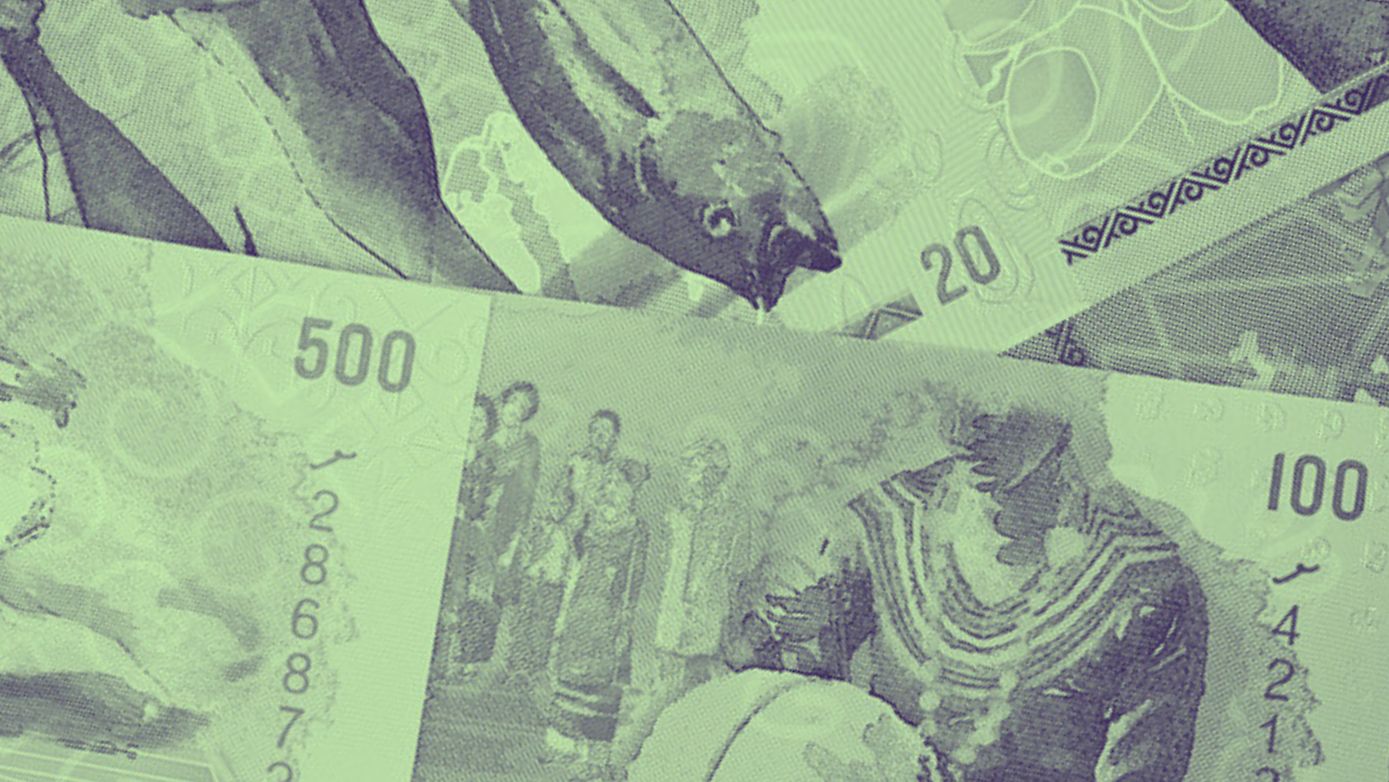
The total money circulating in the Maldivian economy saw a small decline in 2024, according to recent figures. At the end of the year, broad money stood at MVR 59.2 billion, a slight drop from MVR 59.24 billion the previous year.
Broad money is a measure of the total amount of money available in the economy. It includes both cash and highly liquid deposits (known as narrow money), as well as less liquid forms such as savings and time deposits (together referred to as quasi money). When broad money shrinks, it often points to reduced liquidity and spending capacity across the economy.
In 2024, the slight decline in broad money came mainly from a drop in narrow money. Narrow money, which includes currency in circulation and demand deposits (money that can be withdrawn at any time), fell by 2 percent. This followed a 4 percent increase the year before and was largely caused by a drop in demand deposits held in local currency.
By contrast, quasi money, which includes savings and time deposits in both local and foreign currencies, grew by 1 percent. While this was an increase, it was much slower than the 9 percent growth recorded in 2023. The slowdown was partly due to a decline in demand deposits held in foreign currencies. Although some categories such as local currency time deposits and savings deposits showed growth, it was not enough to push overall broad money into positive territory.
The decline in overall broad money was closely linked to a fall in the net foreign assets (NFA) of the banking system. In simple terms, this means that the amount of foreign currency and foreign investments held by Maldivian banks, after subtracting what they owe to foreign institutions, went down. This decline happened despite some growth in foreign assets because liabilities rose more sharply. One major reason was the large foreign currency swap the Maldives received from the Reserve Bank of India in October 2024, worth USD 400 million. While this added to reserves, it also increased the country’s external obligations.
On the other hand, net domestic assets (NDA) increased. This reflects more money being held within the banking system in various forms. For example, the Maldives Monetary Authority (MMA) increased its deposits at commercial banks, and commercial banks also retained more of their earnings. There was also a drop in how much commercial banks parked at the central bank through overnight deposits, which meant more money was left circulating in the system.
A key driver of the growth in domestic assets was the increase in money the government owes to the banks, known as net claims on central government. This figure rose to MVR 41.2 billion in 2024, an 8 percent increase over the year. Although this was slower than the 15 percent growth seen in 2023, it still had a strong influence on domestic liquidity. Most of this was in the form of treasury bills and bonds held by commercial banks.
Commercial banks also increased lending to the private sector by 7 percent, compared to 9 percent in 2023. This lending was entirely in local currency, which grew by 13 percent. Meanwhile, lending in foreign currency declined by 1 percent. By the end of 2024, 59 percent of private sector credit was in local currency, while 41 percent was in foreign currency.
The trends reflect how the country’s banking system responded to both domestic and external pressures. While local lending and government borrowing kept liquidity flowing domestically, rising foreign obligations weighed on the broader money supply. The modest shifts in savings behaviour and deposit structures also signal a cautious economic environment as the Maldives navigates post-pandemic recovery and external financial commitments.












